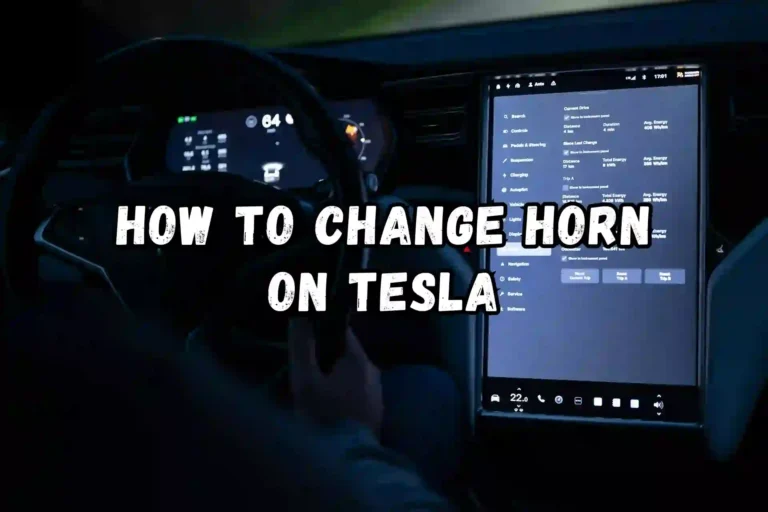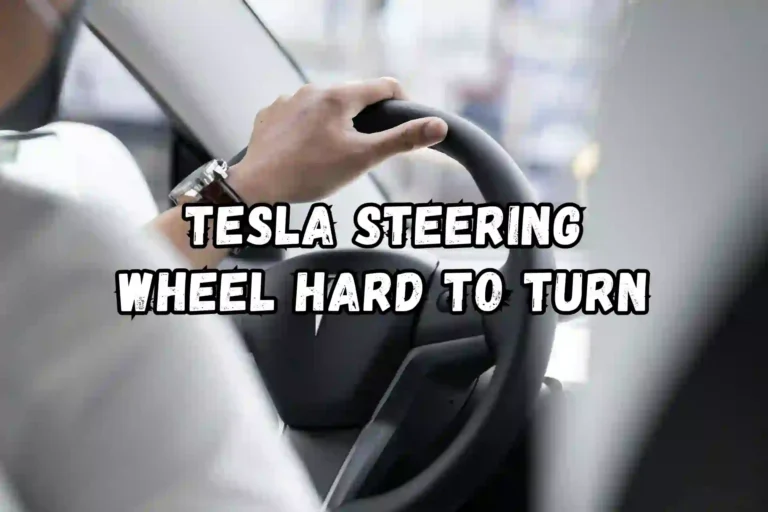The new wave of automotive technology has been electric cars in recent years. Do they still have alternators even though their power sources are different? The purpose of this article is to provide you with an answer to this question.
Alternators are not found in electric cars like Tesla. The 12v battery is powered instead by DC to DC converters. An alternator is not required for electric cars.
It can be confusing to understand why electric cars do not have alternators. Electric vehicles do not have alternators, as explained in this article.
Do Teslas Have Alternators?
DC sources can power electric cars, which is why they don’t need an alternator. Using electromagnets and power from the engine’s battery, alternators convert kinetic energy of rotating shafts into electrical energy.

Electric current and voltage are then generated from this electricity. As opposed to having an engine to drive the alternator, electric cars use a battery-powered DC source instead. Internal combustion cars (gasoline cars) have rotating shafts that don’t exist here.
To power its accessories and systems, an electric car uses alternating current to convert direct current from the batteries. Since electric cars do not have alternators to generate AC, this is necessary.
Electrical components such as capacitors, inductors, and diodes are used in the converter to convert one current type into another. We explored several other questions after discovering why electric cars don’t have alternators.
Do electric car batteries charge while driving?
While driving an electric car, the battery does not charge. As a load, batteries are connected to electric cars. Regenerative braking or plugging in and receiving electricity from an external source are the only ways to charge the batteries.
DC converters and alternators differ in that respect. During driving, the alternator keeps the 12V battery charged. In the event of a fuel shortage, the vehicle will not run.
Do electric cars lose charge when parked?
When electric cars are parked, they lose charge, but only a small amount. As a result, the battery charges other car components even if the car is not being driven.
There is no need to worry about the battery losing power when parked. Driving an electric car drains its battery the most. Do not worry about losing too much driving radius if you need to spend some time in the park.

It uses parasitic drag when parked when it consumes energy. Since other components are still using power, even if the car is not being driven, a car that has been parked for a long time [more than 24 hours] will eventually experience battery depletion.
What happens if an electric car runs out of charge?
Electric cars run out of charge when their batteries are completely dead. There is no harm in this since the vehicle only needs to be plugged in to recharge its batteries to be used again.
You will need to tow your vehicle if there isn’t a charging station nearby. It’s because charging stations can’t be brought to you like fuel can be brought to your gas car. Because of this, it is important to make sure your electric vehicle is fully charged before leaving your house.
How far do electric cars go?
On a full charge, most electric cars can travel 250 miles. Because most people use their cars to travel near home or within a large city for overnight charging, most people use them to get from place to place.
Tesla models have a range of more than 300 miles, one of the few electric vehicles with this capability. The average person does not need these cars for their daily commute since they are usually used to drive longer distances.
Should I charge my electric car every night?
Electric cars shouldn’t be charged every night. Rather than driving your electric car fully charged, experts recommend keeping it 20%-80% charged at all times. Battery life will be shortened if you charge your electric car 100% every night.
When your car still has a 60% charge the next day and you don’t plan to leave your home, you don’t have to worry. Giving the battery a break from constant charging is a good thing.
If you plan on taking a long road trip, you should charge your electric vehicle.
A fully charged vehicle is a good idea if you plan to travel over 500 miles with only one charging station along the way. As a result, you will not have to wait around on the side of the road for help.
Are there portable chargers for electric cars?
Electric cars can be charged with portable electric chargers. In the same way that your car can be recharged, you can use them anywhere.
In the event that your electric vehicle does not have access to a 220-volt outlet, a portable charger would be ideal. Don’t leave the charger on overnight, and make sure the charger’s voltage matches your vehicle.

Are electric cars good in the snow?
Cold weather can affect batteries in electric cars, but they can still be driven in the snow. Therefore, cold weather will reduce the driving range of electric cars. Additionally, electric cars offer instant torque at zero rpm, which isn’t useful on icy or slick roads.
Under 40 degrees and heavy snow conditions are generally bad conditions for driving an electric car. Whenever you go out in your car, you should check the weather report first. You should have winter tires on your electric car if you plan to drive it in the snow.
Frequently Asked Questions
Do Teslas have alternators?
Yes, Teslas do not have traditional alternators like internal combustion engine vehicles. Instead, they use a DC to DC converter to manage the power distribution between the battery pack and the various electrical components in the vehicle.
How do Teslas charge their batteries without alternators?
Tesla battery packs are charged directly from their onboard chargers by converting AC power from charging stations or outlets into DC power. An alternator is no longer required to generate electricity for charging.
What advantages do Teslas have by not having alternators?
With no alternators, Tesla vehicles are less complicated mechanically, require less maintenance, and convert energy from the battery more efficiently.
Can Teslas still operate if their DC/DC converter malfunctions?
Despite the fact that a malfunctioning DC/DC converter can negatively impact Tesla’s performance, the company’s vehicles are designed with redundant systems to ensure that the vehicle will continue to operate even if one of its components fails. In order to maintain optimal functionality, any issues must be resolved promptly.
Are there any drawbacks to Teslas not having alternators?
In Teslas without alternators, auxiliary systems may be powered by their battery packs, which could reduce range if they are heavily used without recharging.
How does Tesla’s electrical system differ from traditional vehicles with alternators?
Since Tesla’s electrical system operates on direct current (DC), it cannot convert mechanical energy into electrical energy through an alternator, making it fundamentally different from traditional vehicles with alternators.
Final Thoughts
If you want to save money and reduce emissions, an electric car is an excellent choice. Depending on where you live, an electric car might not be the best option for you if you make many road trips. The type of electric vehicle that is best for your lifestyle depends on several factors.
Calculate how much you spend on gas and how much you spend on charging your car at home. Make sure you do your research before buying an electric car!







